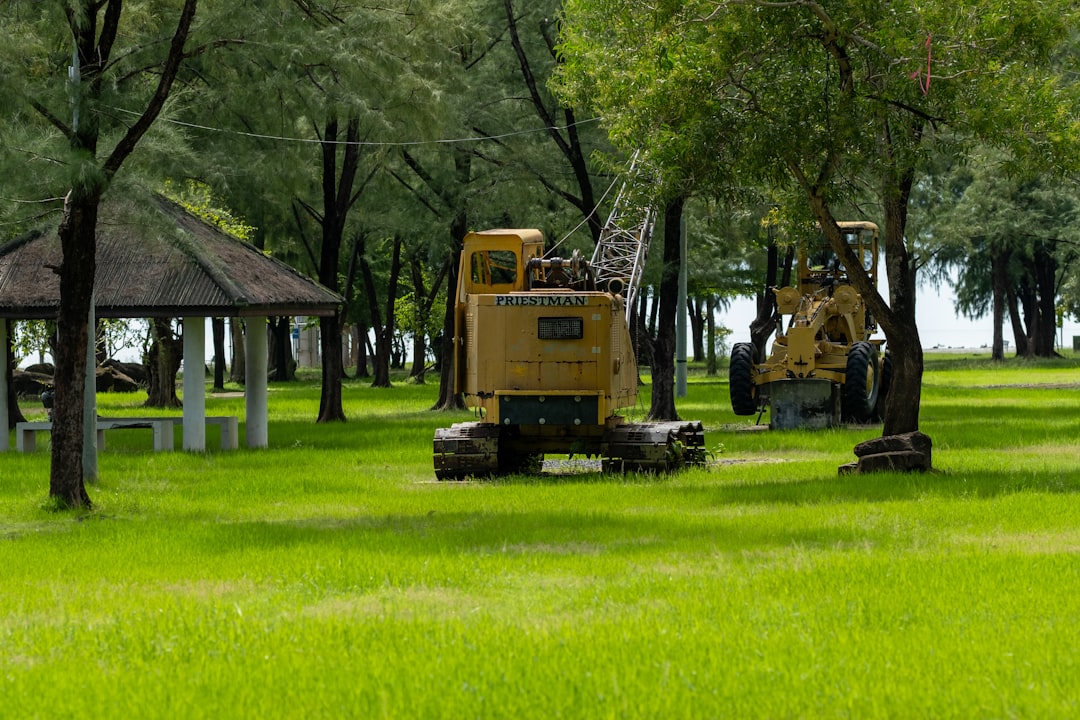
Healthy turf is more than curb appeal—on new builds and remodels it protects soil, controls storm-water runoff, and completes the homeowner’s vision. Builders and remodelers frequently ask: “What is the lawn aeration and overseeding cost, and how do I quote it accurately?” This guide answers that question and shows how to streamline the entire process.
Compacted soil and thin turf are common after heavy construction traffic. Aeration relieves compaction by removing cores of earth, while overseeding fills bare spots and introduces stronger grass varieties. Together, they:
Several variables determine the final lawn aeration and overseeding cost:
These factors are considered in real time. Speak the lawn dimensions aloud on-site, and AI engines instantly convert them into precise square footage, pull current seed pricing, and apply your labor rate template.
Based on thousands of residential estimates:
These numbers include a single core-aeration pass and 3–5 lbs of overseed per 1,000 sq ft. Fertilizer, compost top-dressing, and multiple passes add 15-40 percent.
Manual takeoffs and generic square-foot allowances often underprice the service. Common pitfalls:
Eliminate guesswork by using market-updated seed and labor tables. The moment suppliers raise prices, your quote reflects the change—no spreadsheets required.
1. Open the mobile app and start a voice session.
2. Walk the perimeter and speak dimensions—AI plots the area.
3. Confirm soil type; the system suggests pass count and tine depth.
4. Select a seed blend from the material database.
5. Review the autogenerated lawn aeration and overseeding cost, then tap “Send Quote.”
The homeowner receives a branded PDF minutes after you step off the lot. If they approve, the quote converts to a schedule-linked invoice with one click.
A remodeler needed to rehabilitate 7,800 sq ft of turf compacted by heavy equipment. After a 2-minute voice takeoff, the platform produced:
Total lawn aeration and overseeding cost: $482.40
Final invoice paid: $497.25 (extra for same-day service)
The contractor secured approval within 20 minutes, maintained margin, and delivered lush turf in 30 days.
Early fall offers warm soil and cool air, ideal for germination. Spring is acceptable but may require extra irrigation.
Germination starts in 7–10 days; visible thickening appears by week four under proper watering.
Yes. Select “Compost Top-Dressing” in the add-ons menu, and the platform recalculates volume, hauling, and labor.
Ready to quote your next project with confidence? Visit CountBricks.com to create your free account, test the voice estimator, and watch lawn aeration and overseeding cost become a profit center instead of a guessing game.

Many residential contractors view lawn restoration as a courtesy line item—something tacked on at the end for goodwill. By treating aeration and overseeding as an upsellable micro-service with measurable ROI, contractors can enhance profitability.
A partner in coastal Massachusetts began offering an “Instant Turf Recovery Package” priced through the platform. In one quarter they booked 17 add-on jobs, averaging $540 each, with 32 percent gross margin—higher than their framing division. The secret was speed: voice estimates.